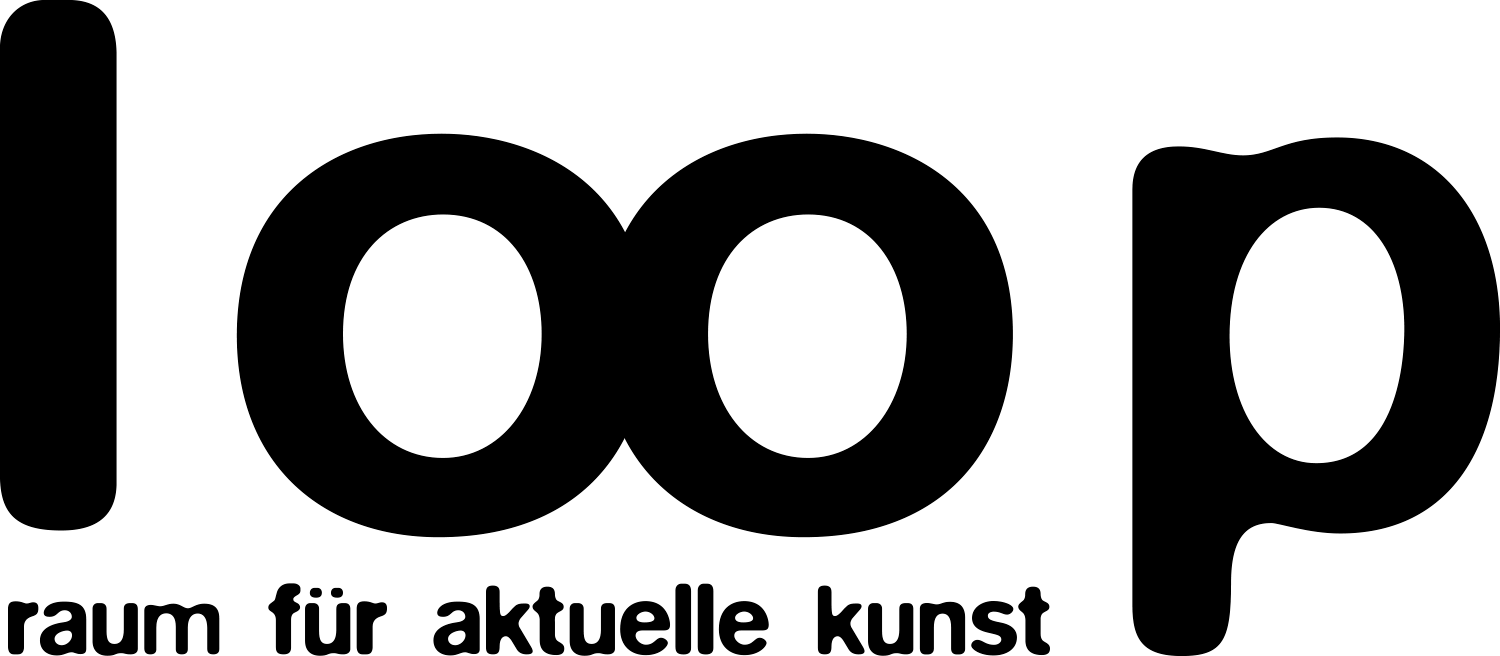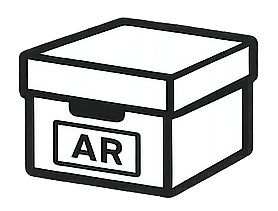Goetz Valien
Hold OnEröffnung | Opening
Reception: 03. April um 20 Uhr
Ausstellung:
04. April bis 09. Mai, 2009 | Open from April 4 - May 9, 2009
Mittwoch bis Samstag
14 Uhr bis 18 Uhr | Wednesday - Saturday, 2 - 6pm
loop – raum für aktuelle kunst
Jägerstrasse 5 | 10117 Berlin-Mitte
Tel: 030 28 39 00 28 | loop@loop-raum.de | www.loop-raum.de
“Hold On,” Goetz Valien's third solo exhibition at the loop – raum für aktuelle kunst plies the viewer with deliberately philistine imagery—sunsets, art deco buildings, and beautiful women—that agitate a swirling lattice-work of light and space. Valien, the last movie billboard painter in Berlin, understands how a single image cannot portray an entire narrative, but how manipulating color, composition, and text can intimate a film's spirit. Perhaps, in each of Valien's paintings a simple phrase, such as “Trial,” “Hold On,” “Nix is Fix,” and “In Us We Trust,” attempts to give voice to the enigmatic figures; the figures, in turn, try to embody the mystery of the Mondrian-esque spaces of light and form. Each transmutation/translation, then, would be not only a reduction, but would also expose the gaps between written language, figuration, and colored composition. Or, perhaps, these three planes of representation never intersect, confronting our prejudices that realist paintings represent a cohesive reality rather than an a complete metaphysical illusion, and meaning, if ever meant, remains inscrutably unskewered.
With architectural orthagonals that coolly cut and cross the canvas, Valien devoutly maps out his painting-universe as piously as Perugino. However, his high-octane colors refuse to be tamed: they bleed and breathe from the canvas, unraveling the rational framework. In “Trial,” for example, a building's bulk dominates the entire picture frame, battling against being perceived as flat, puncturing the canvas surface as it is being firmly pushed back. Windows insist upon their own legitimacy are also, because of their cropping, paintings within in paintings, squares within a square. But the colors of “Trial,” tiptoeing from the corners of the canvas, suffuse the painting with a effervescent totality, effectively subduing any formal strain. Wherein, then, lies the answer to “Trial”? Valien deliberately crops the words so as to be unrecognizable, and, we are left with no answer and with dreamlike symbols that morph and mutate.
By consciously structuring the painting’s space and reducing realism to its barest elements, Valien delineates the surface and orders the space into a comprehensive narrative. In the painting “In Us We Trust,” a sugar dispenser and oversized salt and pepper shakers define the foreground. Ribbons of banisters and shadows shepherd the viewer’s gaze to the background where a man and women—seemingly strangers--sit reading and bathed in sunlight.
But through Valien's rose-colored glasses and with the figures’ architectural linking to the salt and pepper shakers, the painting begs another reading. Perhaps, then, the salt and pepper shakers, if not stand-ins for the couple, serve as displacement figures upon which light and shadow act, bringing the couples’ shrouded narrative to light. Moreover, the title „In Us We Trust,“ tellingly emblazoned on the front of the building, prefigures our own interpretation, even when the visual scene suggests otherwise. Can symbol, scene, and sentence misaligned and inconsistent in interpretation, then coexist on a single plane?
An allegorical reading of the works demands situated symbols. Valien’s figures have been gleaned from magazines, teleported from their original contexts, to Valien’s timeless retro-futuristic landscape. We lack any frames of reference for these iconic and inscrutable figures, turning instead to the architectural landscape that echoes their forms: a couch, the curve of a hip; a building, the columnar leg. We hope that these forms, in turn, reflect the figures' private interior landscapes. In “Hold On,” Valien brings masked Claudia Schiffer from a magazine cover into his light-filled painting studio. In part lovely because she is utterly inscrutable, she begs for an unmasking, so we appropriate the objects present in the painting as evidence. However, the iconography present-- the artist's own painting studio and Hopper-esque boat in the background (an obvious inspiration of the artist)-- make this portrait less about Claudia Schiffer than a de-facto self-portrait of the artist.
In “Nix is Fix,” a woman in a bathing suit seen from below, rises triumphantly as the building behind her. Seen from the back and from waist down, the reflection of the silver of her bathing suit reveals a murky face. which could either be a self-portrait of the artist or, tellingly the viewer. Therefore, the indistinct mirrored world—the canvas-- gives no answers, and perhaps paintings are always subject-less, where all is “Nix is Fix,’ and any reflexive divination is the only thing on which to “Hold On.”

